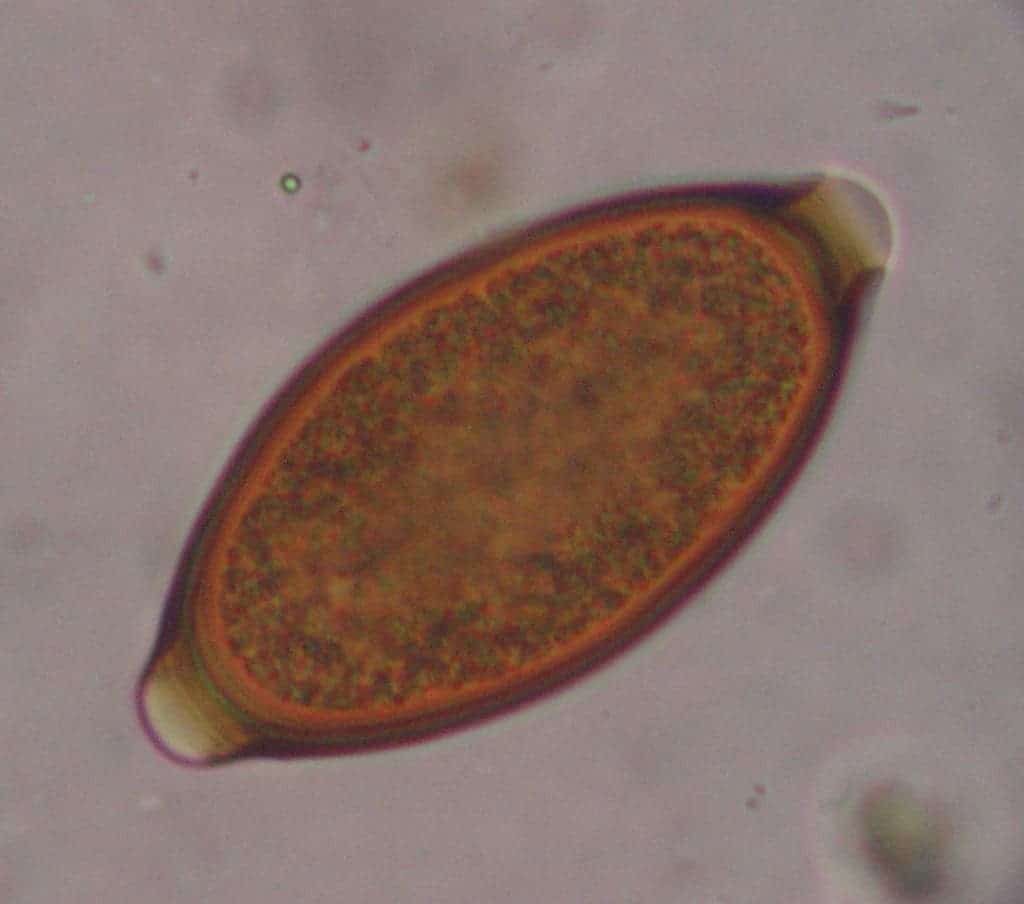A new treatment from the University of Manchester brings hope for hundreds of millions of people.

The human whipworm can’t really kill you, but it significantly damages physical and mental growth. People with a whipworm infection may experience bloody diarrhea, nausea, and abdominal pain — although it’s usually not so bad. But because it mainly affects the least developed parts of the world, and because it’s not as dangerous as other conditions, we still don’t have effective treatments for it — even though it infects as many as 1 billion people.
Current treatments are based on 1960s drugs initially developed for cattle and which have a rather low success rate for humans. There are no vaccines, and treatment is largely unavailable for many people.
Parasite immunologist, Professor Kathryn Else from The University of Manchester, developed a new compound which affects both mature worms, and eggs.
Whipworm eggs are passed from infected faeces into people by hand to mouth contact. This often happens in unsanitary toilets or areas where people live close together. The eggs are highly resistant to extreme temperature changes and ultraviolet radiation and can remain viable in the environment for many years, so they’re quite resistant things. Worms aren’t as resistant as the eggs but they’re also tough. The infection most often affects children, especially those who live in hot, humid climates and in areas with poor sanitation.
The infection most often affects children, especially those who live in hot, humid climates and in areas with poor sanitation. Else said that although a treatment could help a lot of people, it still wouldn’t solve the problem:
“Eradicating the whipworm requires more effective drugs, improving hygiene and vaccine development. The compounds we have discovered could address the first two of these.”
Although we rarely see whipworm infection in the UK, it is a serious and damaging problem in many parts of the world and if we can develop this treatment, the lives of many people could be improved
However, having a treatment (and ideally, a cheap one) could do wonders. Most people don’t even know what whipworm is — even though it affects 1 in 7 people worldwide. Hopefully, that will change.
Journal Reference: Frederick A. Partridge et al — Dihydrobenz[e][1,4]oxazepin-2(3H)-ones, a new anthelmintic chemotype immobilising whipworm and reducing infectivity in vivo’


